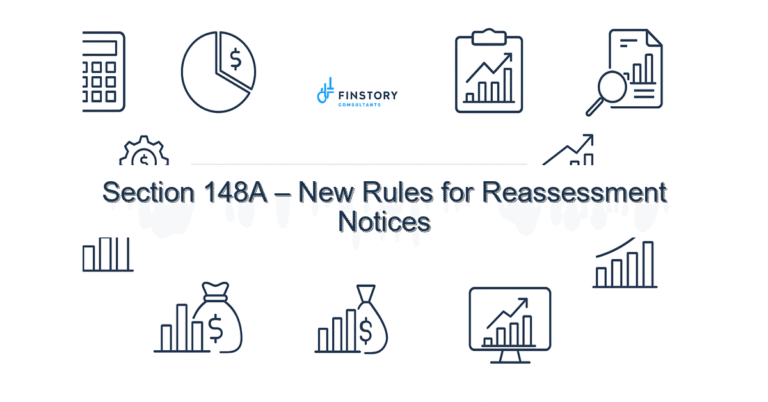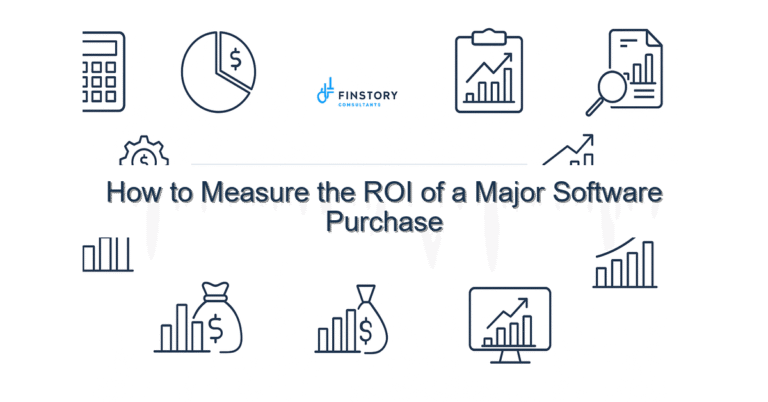Cost Allocation Strategies for Service Businesses
Service-based businesses live and die by how well they manage time, people, and overhead. But one of the trickiest parts? Figuring out where your costs actually belong.
If you’re not allocating costs properly, you may be overpricing some services, underpricing others, and misreading your profitability altogether.
What Is Cost Allocation?
Cost allocation is the process of assigning indirect costs—like rent, software, or admin salaries—to different departments, projects, or services so you can more accurately measure performance.
While direct costs (like a contractor’s billable hours) are easy to tag to a project, indirect costs (like internet or HR time) aren’t as obvious.
Why It Matters
Without cost allocation:
- Your financial reports become misleading
- You can’t tell which services are actually profitable
- You risk over-investing in low-margin offerings
Real-World Example: Creative Agency
A mid-sized design agency thought their print design services were just as profitable as web design. After implementing proper cost allocation, they realized:
- Print projects required far more revisions
- Admin time and client support were higher
- Overall margin was 35% lower than web design
This insight allowed them to raise prices and cut low-value packages — leading to healthier margins across the board.
Hypothetical Scenario: Consulting Firm
Let’s say a 10-person consultancy offers Strategy, Operations, and Tech services. Without cost allocation, they assume each division shares overhead equally.
But when they break it down:
- Tech uses 60% of paid software
- Strategy uses most of the expensive leadership hours
- Ops has the lowest direct costs but the highest admin support needs
With this clarity, they adjust pricing, optimize staffing, and avoid blindly scaling a loss-making division.
Common Allocation Methods for Service Businesses
1. Time-Based Allocation
Best for teams where hours = output (e.g. consultants, designers).
- Use time tracking tools (like Harvest, Toggl, or Clockify)
- Allocate indirect costs based on percentage of total hours worked per project/client
2. Headcount-Based Allocation
If you can’t track hours, spread costs by number of people in each department.
- Great for small teams or early-stage startups
3. Revenue-Based Allocation
Assign costs based on how much revenue each service line brings in.
- Useful for marketing or hybrid teams where time isn’t easily measured
4. Custom Drivers
Match the cost with the most relevant driver:
- Allocate IT costs based on device count
- Office rent by square footage used per team
- Customer support cost by tickets handled per service line
Tips to Get Started
✅ Start small — focus on just 2–3 major overhead categories
✅ Use time tracking consistently if possible
✅ Be consistent in your methodology month to month
✅ Avoid perfection — directional accuracy is better than delay
Where a Virtual CFO Can Help
A Virtual CFO brings financial clarity without the in-house cost. They’ll help:
- Choose the right allocation method for your size
- Build templates and models to automate the process
- Interpret the results so you can make better pricing and hiring decisions
It’s not just about math — it’s about what the math helps you do.
Final Thought
Service businesses can’t afford to guess when it comes to profitability.
If you’re not allocating costs clearly, you’re working in a financial fog.
Shine a light on where your time and money actually go — and you’ll find better margins, smarter pricing, and less burnout along the way.






